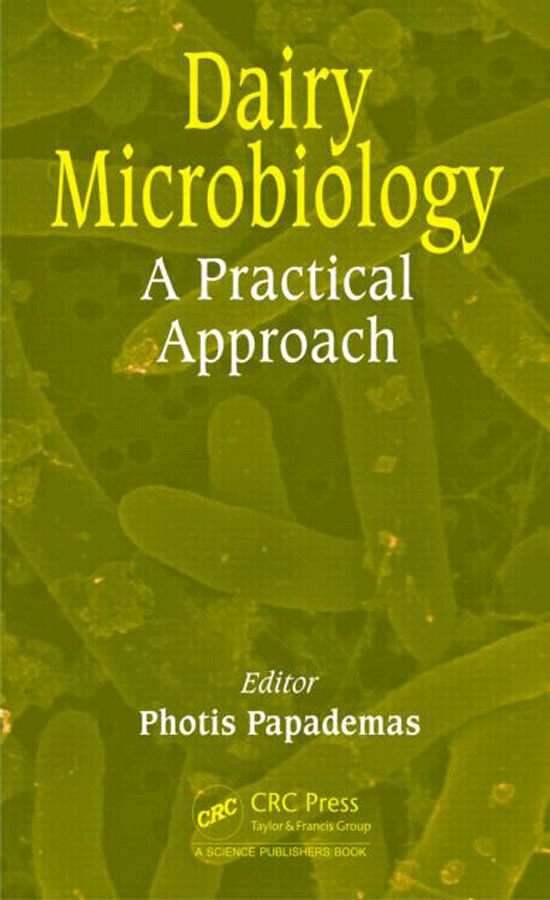Instrumental
3 tests a dairy processor should perform to make a better ice cream mix
An overview of viscosity testing addresses the basic ways to characterize ice cream mix formulations.

Ametek Broofield rotational viscometer with disc spindle

Ametek Broofield rheometer with coax cylinder measuring system.

Figure 3a.Viscosity Flow Curve. Figure 3b. Viscosity versus Temperature. Figure 3c. Yield Stress Determinatin.



By Robert G. McGregor, Ametek Brookfield
Ice cream is everyone’s favorite dairy food. Demand for ice cream has proliferated and manufacturing has responded with mechanized processes for volume production.
Formulations have evolved to encompass a variety of flavors, some of which include additives like chocolate chips, fruit, coconut, marshmallow, candy pieces and peanut butter. Use of instrumentation to measure product consistency has become critical in manufacturing to ensure that high-quality standards are achieved. This includes tests for viscosity during mix processing and possibly even yield stress determination of final ice cream product to simulate consumer experience.
Ice cream mix is essentially a combination of dairy milk with sugar, salt, flavorings and other additives that stabilize and preserve the product. Processors test the mix for viscosity prior to freezing. Standard test equipment includes rotational bench top viscometer as shown above.
A sample is placed in a 500-milliter beaker or similar container. A spindle with a protective bracket is immersed in the sample. Spindle rotation at one or two defined speeds produces viscosity readings that must fall between defined minimum and maximum limits. Viscosity for relatively “thin” formulations may show little change between the two speeds, whereas “thick” mixes are more likely to show decrease in viscosity vs. increasing spindle speed.
Use a rheometer to characterize consistency
Food scientists in R&D have become more sophisticated when creating a new ice cream mix. They measure viscosity with a rheometer to characterize consistency and possibly even yield stress of various formulations. The second instrument shown above has a measuring system that consists of a cylindrical spindle which rotates in a mating coaxial chamber. Sample size required for testing is relatively small, oftentimes less than 20 milliliters. A water jacket attaches to the sample chamber and connects to a circulating water bath so that temperature control during viscosity testing becomes possible. The objective is to simulate processing conditions which may involve a series of steps from cooking at elevated temperature to cool down at room or refrigeration temperature. Small sample volume is easier to regulate for temperature control.
What happens when you add fruit pieces to the mix?
Addition of fruit pieces and other particulate items to the mix has led to use of vane spindle to measure viscosity of new formulations. Vanes allow plenty of space for the pieces to migrate freely as the spindle rotates. The vane spindle can rotate in a beaker for a quick quality control (QC) test or mating chamber for characterization of flow behavior by R&D. Mix material inside the circumference of vane shears against material outside, providing a true viscosity measurement of the formulation loaded with particles.
Typical tests in R&D will include viscosity flow curve, viscosity vs. temperature profile, and possibly yield stress determination. The most basic test involves rotating the spindle at increasing speed to observe how viscosity changes. Most formulations will show some decrease in viscosity which is referred to as “pseudoplastic” or “shear thinning” behavior.
As mentioned earlier, “thicker” formulations may exhibit greater change in viscosity. This degree of change could be used as a control parameter in QC testing to determine whether the mix has reached its end condition prior to freezing. Figure 3a shows a viscosity flow curve which illustrates how viscosity decreases as spindle speed increases, also referred to as “shear rate” when testing in a coax cylinder system. Viscosity may approach an asymptotic minimum value at high rotational speed.
Testing for temperature and yield stress
Other tests that R&D may perform include temperature profiling (Figure 3b) and Yield Stress determination (Figure 3c). The objective of the temperature test is to observe how viscosity behavior changes because of cooking and refrigerating. Yield stress is a measure of how much force is needed to initiate flow. This measurement is relevant to start up torque needed for pumps in processing the mix. It can also correlate with consumer experience when spooning the frozen product and possibly even sensation in your mouth when eating ice cream.
R&D must determine whether a single viscosity measurement value taken from the flow curve in Figure 3a is sufficient to guarantee successful processing. QC will implement this procedure as the control point for each batch. Single point testing is preferred since it takes less time, an important consideration in a busy lab. Other tests for temperature behavior or yield stress are less likely, but may be specified when processing premium brands.
This brief overview of viscosity testing has addressed basic ways to characterize ice cream mix formulations. Transfer of test method to QC is the important step needed to insure production meets quality standards which guarantee acceptable product to your customer.
Robert G. McGregor is the director of global marketing & high end lab instrument sales for Ametek Brookfield, Instrumentation & Specialty Controls Division, Middleboro, Mass. www.brookfieldengineering.com
Looking for a reprint of this article?
From high-res PDFs to custom plaques, order your copy today!











